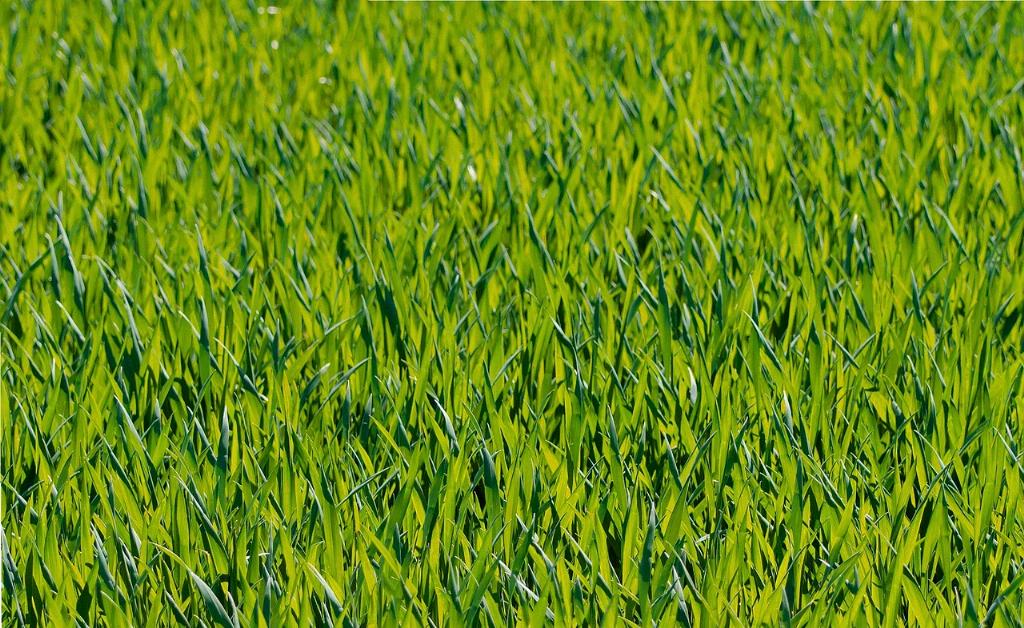When it comes to maintaining a healthy and vibrant lawn, aerating plays a crucial role in ensuring the overall well-being of your grass. Aeration refers to the process of creating small holes in the soil to allow air, water, and nutrients to reach the grassroots, promoting stronger and more resilient growth. While it may seem like a simple task, the benefits of regular aeration are profound and can significantly improve the health and appearance of your lawn.
Alleviating Soil Compaction
Soil compaction is a common issue that occurs when the soil becomes tightly packed, making it difficult for air, water, and nutrients to penetrate the grassroots. This can hinder the growth of your grass and result in a lackluster lawn. By aerating your lawn, you can break up the compacted soil, allowing essential elements to reach the grassroots and promote healthy growth.
Encouraging Root Development
One of the primary purposes of aerating your lawn is to encourage deep root development. When the soil is compacted, roots struggle to penetrate the surface and may only grow near the top layer. By aerating the soil, you create pathways for roots to grow deeper, leading to a stronger and more resilient lawn that can better withstand drought, pests, and other stressors.
Enhancing Nutrient Absorption
In compacted soil, nutrients may struggle to reach the grassroots effectively, leading to nutrient deficiencies and poor grass health. Aeration helps improve the absorption of nutrients by creating channels for them to travel through the soil and reach the roots. This ensures that your grass receives the necessary nutrients for optimal growth and vitality.
Improving Water Infiltration
Compacted soil can also hinder water infiltration, causing excess runoff and leading to uneven watering of your lawn. Through aeration, you can enhance water penetration into the soil, reducing runoff and allowing water to reach the grassroots more efficiently. This helps maintain proper soil moisture levels and promotes healthy growth throughout your lawn.
Enhancing Soil Structure
Aerating your lawn contributes to improving the overall soil structure by loosening compacted soil and promoting better drainage. This helps create a healthy environment for beneficial microorganisms to thrive, enhancing the soil’s fertility and ensuring optimal conditions for grass growth. By aerating regularly, you can maintain a balanced soil structure that supports a lush and vibrant lawn.
Preventing Thatch Buildup
Thatch buildup, which consists of dead grass clippings and organic matter, can accumulate on the surface of compacted soil and prevent essential elements from reaching the grassroots. Aeration helps reduce thatch buildup by creating openings in the soil that facilitate the breakdown of thatch and promote its decomposition. This ensures that your lawn remains healthy and free from excessive thatch, promoting optimal growth.
Enhancing Turf Resilience
By aerating your lawn, you can enhance the resilience of your turf against various stressors, including foot traffic, drought, and disease. Deep and healthy roots foster stronger grass growth, enabling your lawn to better withstand external pressures and recover more quickly from damage. Regular aeration is key to building a robust turf that can thrive in challenging conditions.
Promoting Uniform Growth
Uneven soil compaction can lead to patchy growth and uneven grass distribution across your lawn. Aeration helps promote uniform growth by creating a consistent environment for grass roots to develop and thrive. This results in a more even and lush lawn that enhances the overall aesthetic appeal of your outdoor space.
Boosting Oxygen Exchange
Adequate oxygen exchange is essential for the health of your grass roots, as it supports various metabolic processes and promotes overall growth. Compacted soil restricts oxygen flow to the grassroots, hindering their development and causing stress to the grass. Through aeration, you can boost oxygen exchange in the soil, ensuring that your grass receives an ample oxygen supply for optimal vitality.
Enhancing Fertilizer Efficiency
Proper aeration improves the efficiency of fertilizers by enabling better absorption and utilization of nutrients by the grass roots. Compacted soil limits the effectiveness of fertilizers, as they may not reach the grassroots adequately. By aerating your lawn, you create a conducive environment for fertilizer uptake, maximizing its benefits and promoting healthier and greener grass growth.
Conclusion
In conclusion, the purpose of aerating your lawn extends far beyond simple soil loosening—it plays a vital role in promoting healthy grass growth, enhancing root development, improving nutrient absorption, and ensuring overall lawn vitality. By understanding the benefits of aeration and incorporating it into your lawn care routine, you can create a thriving and resilient turf that enhances the beauty of your outdoor space.

